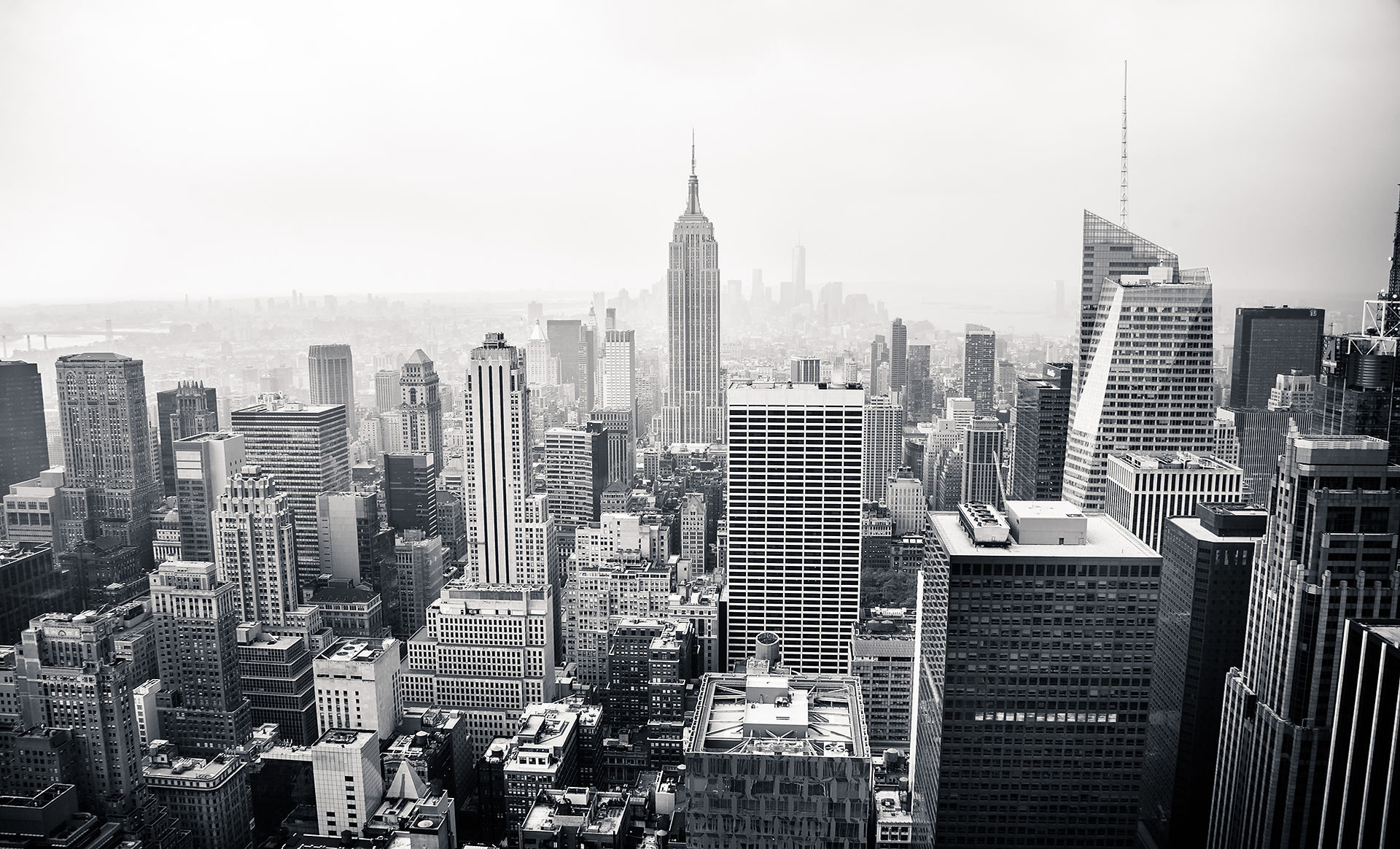Why the Visual Artists Rights Act Is Failing
- Nova
- Sep 30, 2015
- 2 min read

In battles between artists’ rights and property rights, property rights have a way of winning. The recent, high-profile whitewashing of Long Island City’s 5Pointz murals—a developer intends to build apartments on the site—is just one example in a long series of conflicts between property owners and artists. Originally, artists had no recourse. When Diego Rivera painted a fresco at Rockefeller Center, John D. Rockefeller Jr. objected to the artist’s including a portrait of Lenin. In 1934, when Rivera refused to paint over the portrait, Rockefeller had the entire fresco chiseled off. In 1989, Richard Serra’s controversial Tilted Arc (1981), a mammoth 120-foot-long, 12-foot-high steel sculpture that ran across Manhattan’s Federal Plaza, was cut into three pieces and dismantled in one night.
The federal Visual Artists Rights Act (VARA), enacted in 1990 in the wake of the removal of Tilted Arc, was supposed to change all that. The law grants artists the rights to prevent intentional modification to their art and the destruction of a work of “recognized stature.” But how effective is it? “Lots of murals are being destroyed now,” says Brooke Oliver, pointing to gentrification and redevelopment. “Property rights are king.” Oliver is representing muralist Daniel Fontes in a lawsuit against an Oakland auto dealership.
“It’s a light burden. All they have to do is give notice at the artist’s last-known address and wait 90 days for the artist to remove it at his own expense.”
Artists often don’t stand a chance of saving their art. One day it’s there, the next day it’s gone. The best they can hope for is some compensation after their work has been destroyed. “All it takes is one person to destroy something and additional people to carry out the task for paychecks,” says artist Kent Twitchell, who won a $1.1 million settlement after his 1987 mural of Ed Ruscha was painted over in 2006.
VARA doesn’t force owners to keep art indefinitely. It only requires them to give artists 90 days’ notice of their intentions so the artists can take it down themselves, but the owners frequently don’t. “People were howling that [VARA] would impede property rights,” says Oliver. “But it’s a light burden. All they have to do is give notice at the artist’s last-known address and wait 90 days for the artist to remove it at his own expense.”





Comments